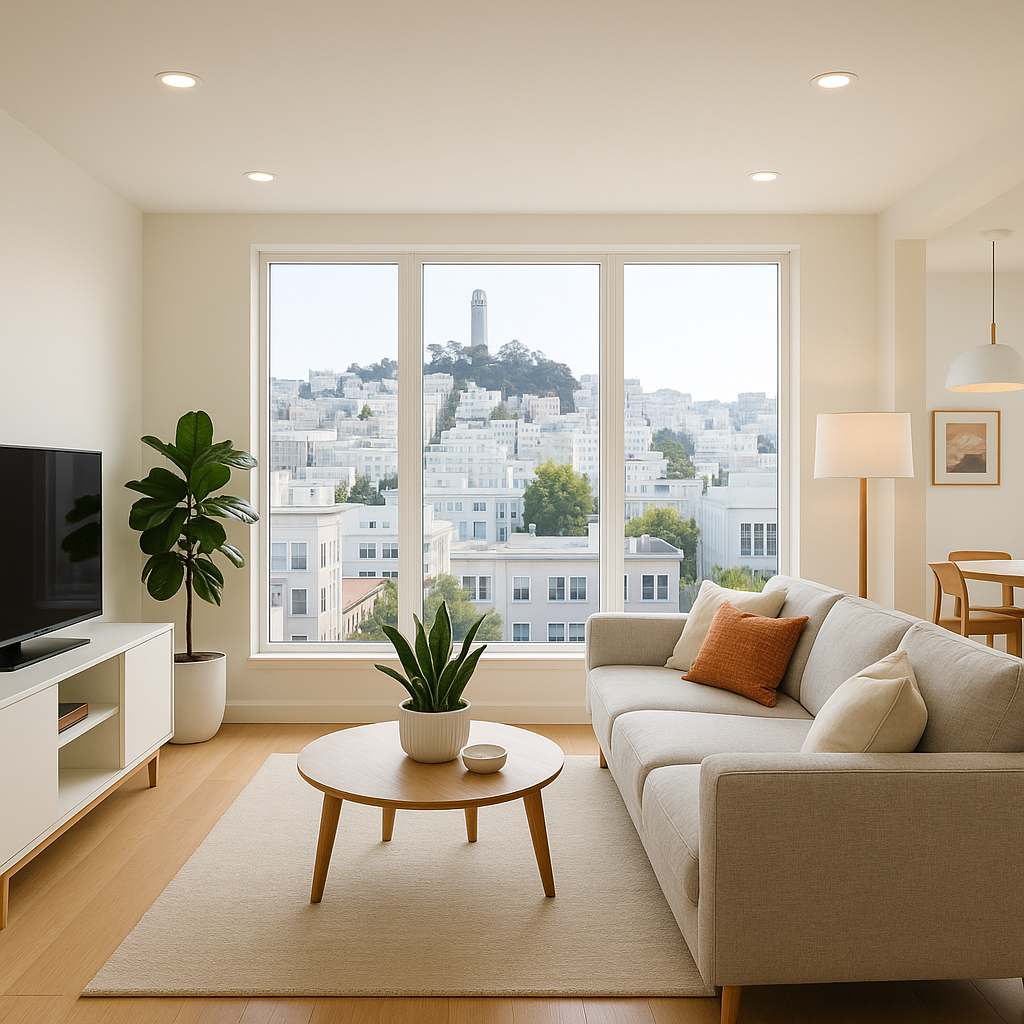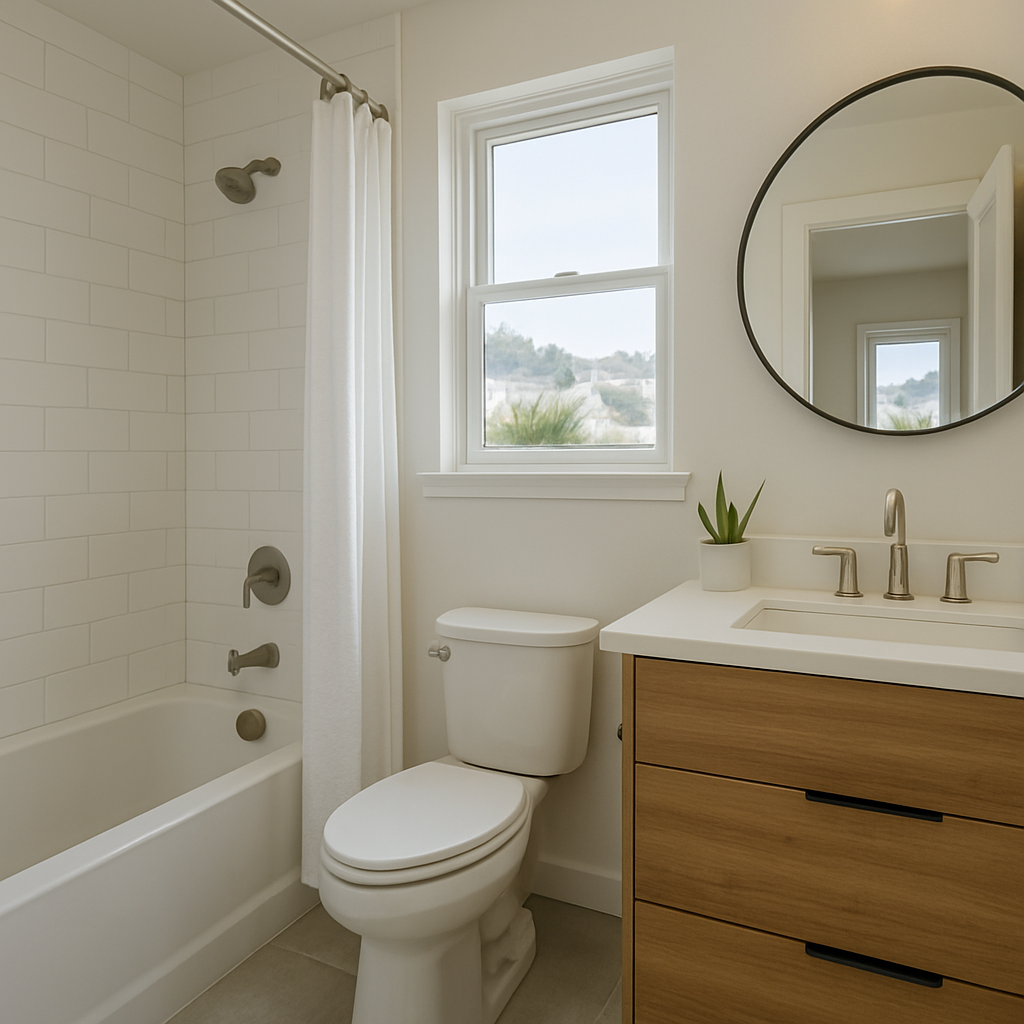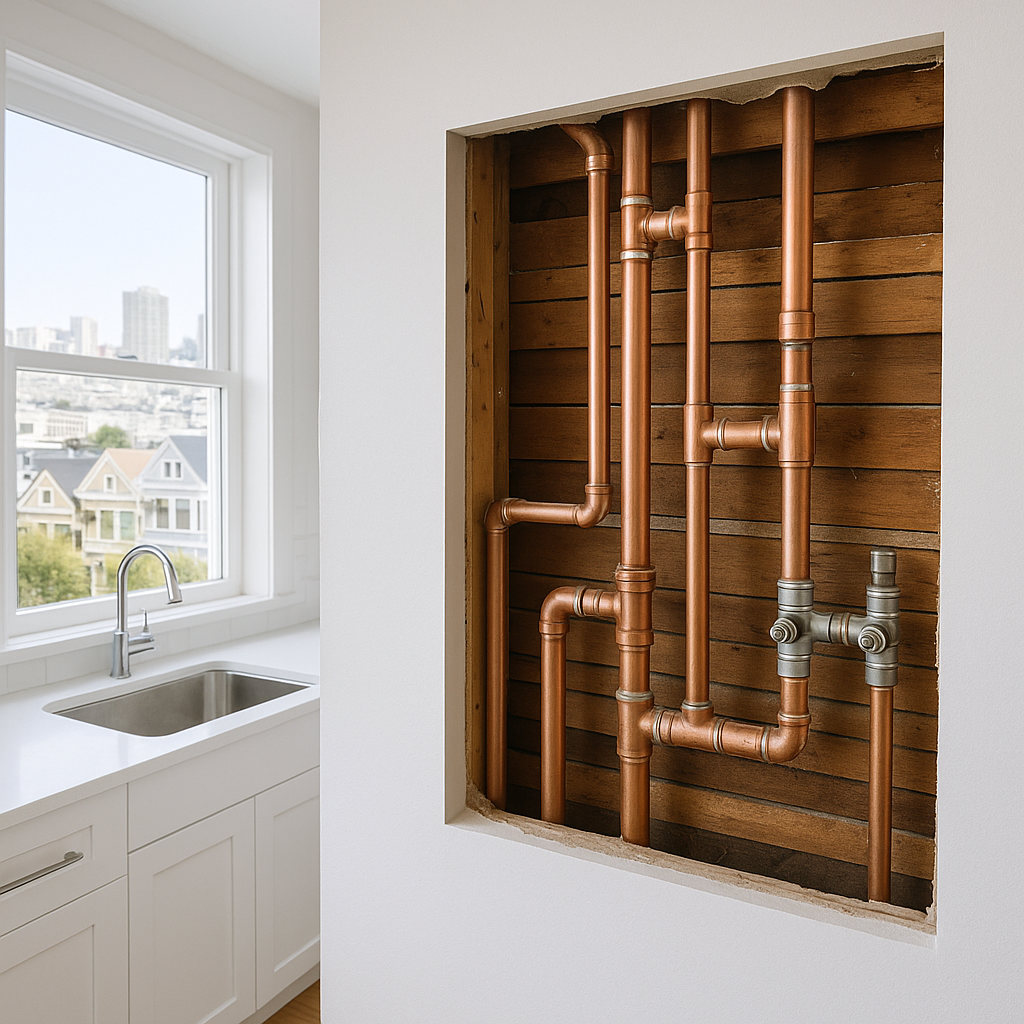Transform Your San Francisco Home with Smart Automation: Focus on Lighting and More
18 November, 2025
Transform Your San Francisco Home with Smart Automation: Focus on Lighting and More
As a homeowner in San Francisco, you know that your property is not just a home but a valuable investment. Smart home automation is transforming how we interact with our living spaces, especially in the Bay Area where older homes can greatly benefit from modern technology. By integrating automatic lighting systems and occupancy sensors, you can enhance comfort, security, and energy efficiency—all while keeping an eye on your budget.
Understanding Smart Home Automation
Smart home automation refers to the use of technology to control various home systems and devices remotely or automatically. In San Francisco, this can mean anything from controlling the thermostat to enabling security features. The charm of older homes in neighborhoods like Pacific Heights and the Mission District can be preserved while incorporating these advanced technologies, making your living space more convenient and efficient.
Automatic Lighting Systems
Lighting is one of the easiest and most impactful areas to automate. Automatic lighting systems allow you to control your home’s lighting through timers or smart devices, enhancing both functionality and aesthetics.
- Energy Efficiency: By automating your lights, you can ensure that they are only on when needed. Utilizing LED bulbs can further save on electricity costs, a crucial consideration given San Francisco's rising utility rates.
- Convenience: Smart lighting systems can be integrated with voice-activated assistants like Amazon Alexa or Google Assistant, allowing you to adjust your lighting without lifting a finger.
- Safety: Simulating occupancy with automated lighting can deter potential intruders, giving you peace of mind whether you're at home in the Richmond District or away on vacation.
Occupancy Sensors
Occupancy sensors are a vital component of smart home systems, especially for homeowners looking to maximize efficiency. These devices detect movement and can automatically turn lights on or off based on whether a room is occupied.
- Cost Savings: By ensuring that lights are only activated when needed, occupancy sensors help reduce energy waste, which can be particularly beneficial in older homes that may not be as energy efficient.
- Integration with Other Systems: When paired with smart thermostats, occupancy sensors can optimize heating and cooling. For example, if a room is empty, the heating can automatically lower to save on energy costs.
- Local Considerations: Ensure the installation of sensors complies with San Francisco building codes, especially in older properties. Working with a local supplier like Home Depot or a specialized contractor can help navigate these regulations.
Layering Automation for Maximum Benefits
To truly harness the power of smart home automation, consider layering multiple technologies. For example, integrating automatic lighting systems with leak detection devices can provide comprehensive home management.
- Water Leak Detection: Smart sensors can alert you to leaks, potentially saving you from extensive damage—a critical feature for San Francisco homes with vintage plumbing.
- Climate Control: Smart thermostats can adjust heating and cooling patterns based on occupancy data, preventing energy waste while ensuring comfort.
- Access Control: Smart locks can provide easy access for guests while ensuring security. When combined with lighting systems, you can ensure that lights turn on when someone enters your home.
Budget Planning and Cost Trade-offs
Integrating smart home systems can seem daunting from a financial standpoint, but understanding the cost trade-offs can help you make an informed decision.
- Initial Investment: While the upfront cost of smart systems can be high, many homeowners report significant savings on energy bills that offset the initial investment over time.
- DIY vs. Professional Installation: Consider what you can install yourself versus what requires a professional. Many smart devices are designed for easy DIY installation, reducing overall costs.
- Local Incentives: Check for local rebates or incentives for energy-efficient upgrades, which can lower costs for your smart home setup.
As a San Francisco homeowner, investing in smart home automation can elevate your living experience while enhancing energy efficiency and security. By emphasizing automatic lighting systems and occupancy sensors, you can create a modern, responsive home that respects the charm and character of your property. Start planning today, and transform your house into a smart home that fits your lifestyle and budget.
FAQs
Q: How does a smart shutoff like Flo by Moen help?
A: It monitors flow/pressure and auto-shuts on probable leaks, potentially reducing damage and insurance risk.
Q: Will a shutoff affect my fire sprinklers?
A: We separate domestic water from the fire line so the valve never disables sprinklers, and verify placement/code.
Q: What do I need on install day?
A: 2.4 GHz Wi-Fi, app setup, and a nearby grounded outlet. We assist with configuration and testing.
Q: How are false alarms handled?
A: We dial in thresholds and coach you on modes (Home/Away/Sleep) to align with usage patterns.

Location
The Richmond District, San Francisco, CA






